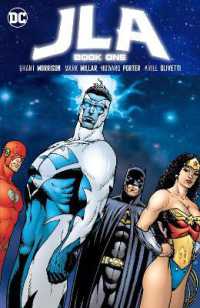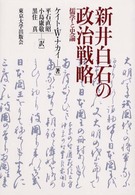- ホーム
- > 洋書
- > ドイツ書
- > Humanities, Arts & Music
- > Arts
- > graphic arts
Full Description
Hannah Höch (1889-1978) moved between differing worlds: as an editorial assistant with a major Berlin-based magazine publisher, and as the only woman who could hold her own in the German capital's vibrant Dada scene of the 1920s. Höch broke with the traditions of representation and vision. Her works dissected a world marked by the catastrophe of the Great War and an intense consumer culture, and reassembled it in revolutionary, poetic, and often ironic ways. Höch kept to her artistic means and her poetic-radical imagination, shimmering between social observation and dream world, even in the post-WWII period. Scissors and glue were the weapons of her art of montage, of which she was a co-inventor.
Cutting and montage also shaped film, still a new medium in the 1920s, which strongly influenced Höch's art: she understood her assembled pictures as static films. This richly illustrated and expertly annotated book explores comprehensively for the first time Höch's fascination with film and the visual culture of the modern industrial age. It demonstrates how montage evolved in a field of tension between artistic experimentation, commercial exploitation, and political appropriation. A text-collage on the history of montage, in which major protagonists of Modernism and Avant-garde such as Sergej Eisenstein, Raoul Hausmann, László Moholy-Nagy, Walter Ruttman, Kurt Schwitters, Theo van Doesburg, and Dsiga Wertow, have their say, rounds out the volume.








